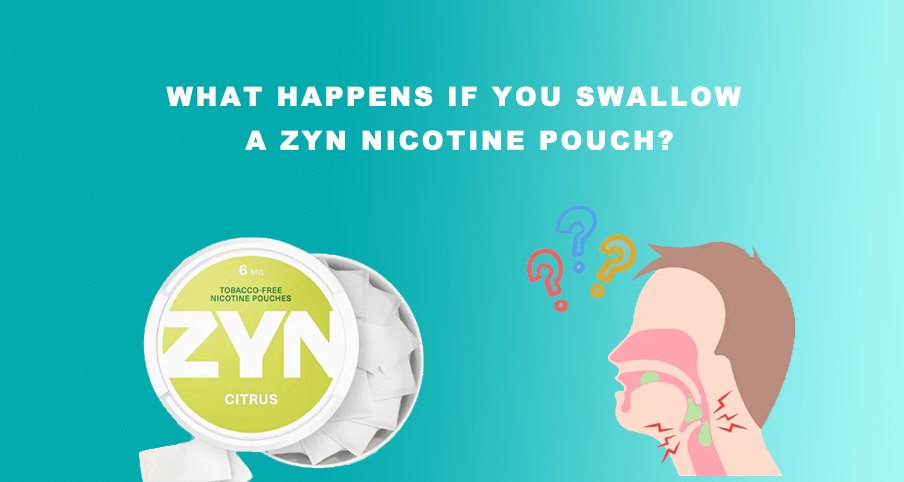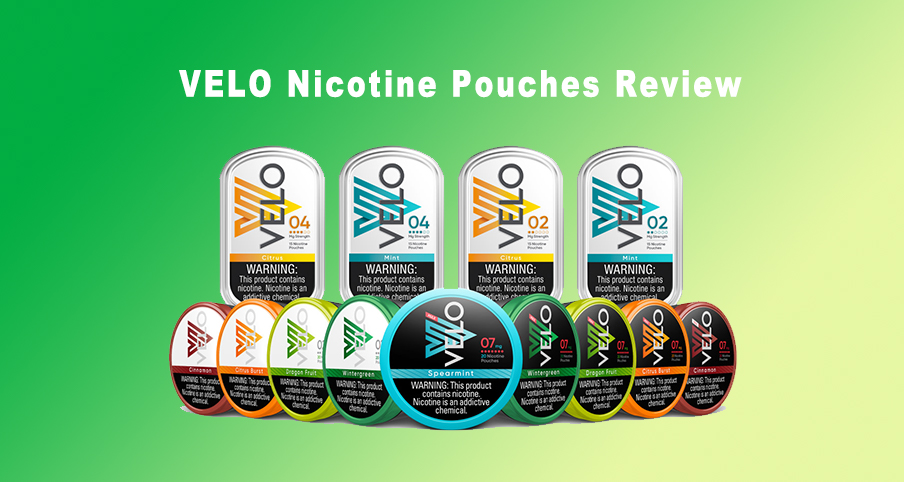In recent years, nicotine pouches have emerged as a modern alternative to traditional tobacco products like cigarettes and snus. They are part of a growing category of nicotine-containing products designed to provide users with the desired effects of nicotine without the combustion or use of tobacco leaf itself. Let’s explores what nicotine pouches are, their characteristics, advantages and disadvantages, as well as reasons for their popularity.

What are Nicotine Pouches?
Nicotine pouches are small, white sachets containing synthetic or tobacco-derived nicotine, flavorings, sweeteners, and plant-based fibers. They are designed to be placed between the gum and the upper lip, where the nicotine is absorbed through the mucous membranes in the mouth. Unlike traditional snus (a type of moist smokeless tobacco), nicotine pouches are tobacco-leaf-free and do not require spitting during use.

Composition of Nicotine Pouches
Nicotine pouches are comprised of several core components. The exact ratios of these components can vary between brands and product lines, but generally, the composition is as follows:
- Nicotine: Typically, nicotine makes up a small portion of the pouch’s content. It can range from 2% to 4% depending on the strength of the pouch, which is designed to cater to various user preferences and tolerances.
- Plant-Based Fibers: The bulk of the pouch is often made up of cellulose, derived from plant-based materials. This component can constitute up to 50-60% of the pouch content, serving as the carrier for the nicotine and flavors.
- Flavorings and Sweeteners: These ingredients enhance the taste experience of the nicotine pouches. They typically make up about 10-20% of the composition. The flavors can range from mint and fruit to coffee, providing a wide range of options for users.
- Moisture-Preserving Agents: These are included to maintain the moisture level in the pouches, ensuring that the release of nicotine is consistent and the product doesn’t dry out. They generally constitute about 5-10% of the product.
- Salts and pH Adjusters: These components, making up a smaller fraction (around 1-5%), are crucial for controlling the pH level of the pouch, which in turn affects the absorption rate of nicotine through the mucous membranes in the mouth.

Key Characteristics and Usage
Nicotine pouches are known for their ease of use and discretion. They are small, typically white sachets that users place between their gum and lip. Unlike traditional snus, they do not require spitting and leave no visible residue, making them discreet and clean to use.

Advantages of Nicotine Pouches
- Reduced Harm: One of the primary advantages of nicotine pouches over traditional smoking is the absence of tobacco combustion. This eliminates the inhalation of tar and carbon monoxide, two harmful byproducts of tobacco smoke.
- Convenience and Discretion: Nicotine pouches do not produce smoke or odor, making them more convenient to use in social settings or places where smoking is prohibited.
- Control Over Nicotine Intake: They are available in various nicotine strengths, which allows users to control their nicotine intake more precisely than smoking cigarettes.
Disadvantages of Nicotine Pouches
- Health Risks: While potentially less harmful than smoking, nicotine pouches still deliver nicotine, an addictive substance. Nicotine can raise blood pressure, spike adrenaline, and increase heart rate, potentially leading to heart issues.
- Regulatory and Health Uncertainty: As a relatively new product, the long-term effects of nicotine pouch use are not well understood, and regulatory standards vary by country.
- Potential for Misuse: The discreet nature of nicotine pouches might facilitate unintended use among non-smokers or younger individuals, potentially leading to nicotine addiction.
Popularity of Nicotine Pouches
Nicotine pouches have grown in popularity due to several factors:
- Public Smoking Restrictions: Increasing restrictions on smoking in public places have driven smokers to seek alternatives like nicotine pouches that can be used discreetly and legally in smoke-free environments.
- Perceived as Safer: The perception that nicotine pouches are safer than cigarettes can be appealing to tobacco users looking for less harmful alternatives.
- Modern Branding and Marketing: Nicotine pouch products often benefit from modern marketing techniques and branding, which appeal to a younger demographic that might be more health-conscious but still open to using nicotine products.
- Behavioral Shifts: There’s a growing societal shift towards health and wellness, and nicotine pouches fit into the space where users seek less harmful ways of consuming nicotine compared to traditional tobacco products.
In conclusion, nicotine pouches represent a significant shift in the way nicotine is consumed. While they offer certain benefits over smoking in terms of convenience and reduced exposure to harmful combustion products, they are not without risks, primarily associated with nicotine addiction and long-term health effects that are yet to be fully understood. As they continue to gain popularity, it is crucial for ongoing research and regulation to keep pace, ensuring that their use is safe, informed, and appropriately managed.


